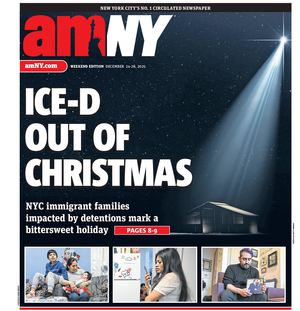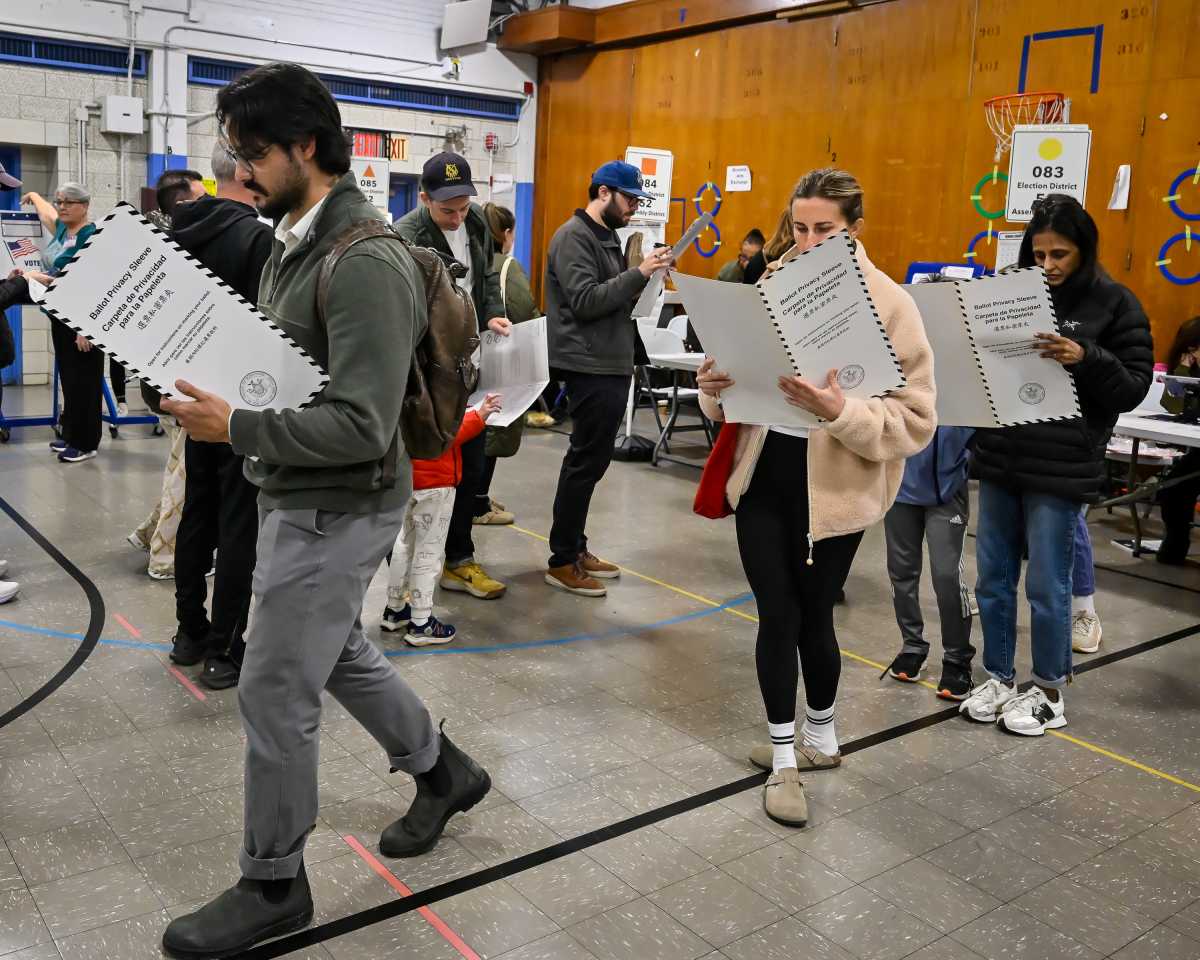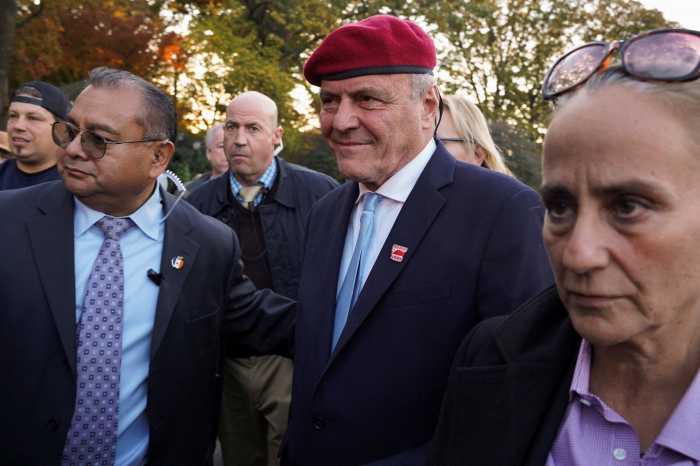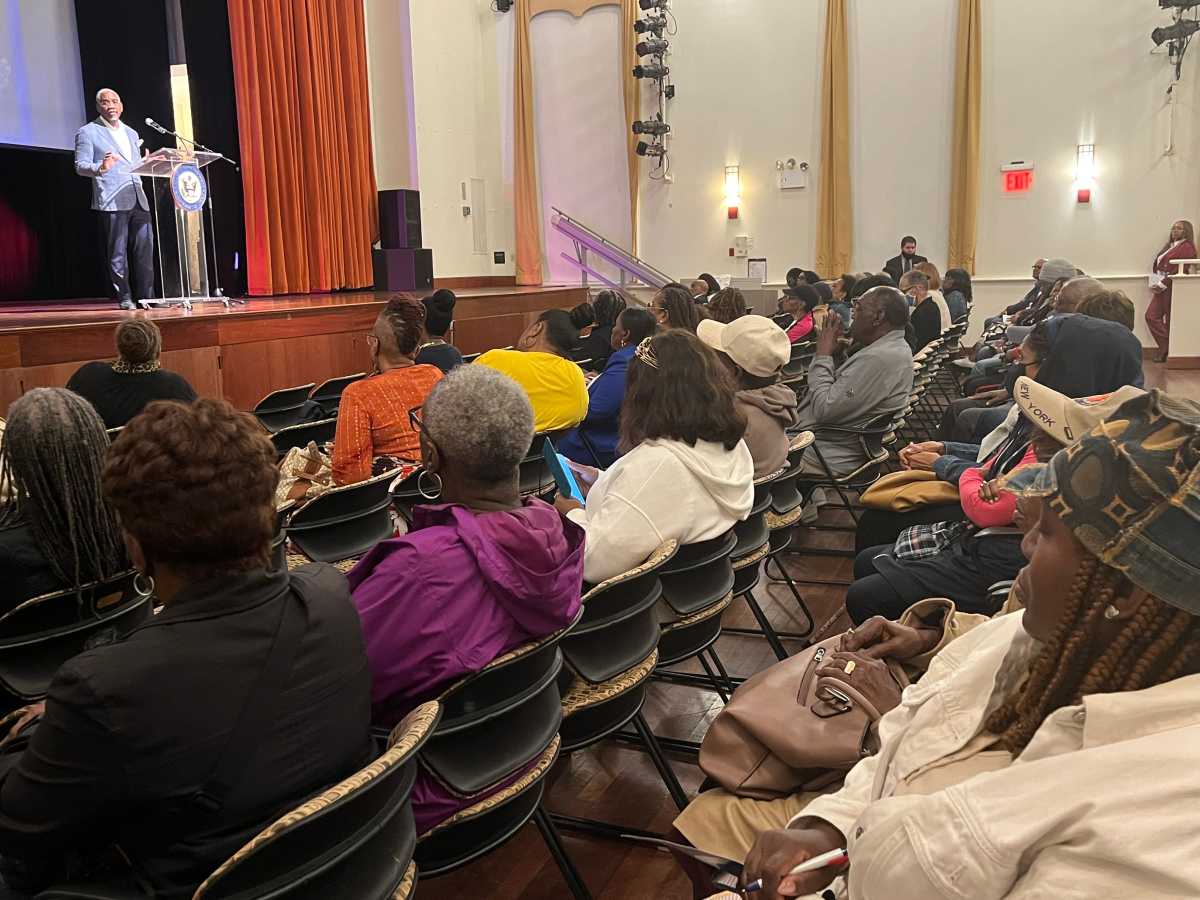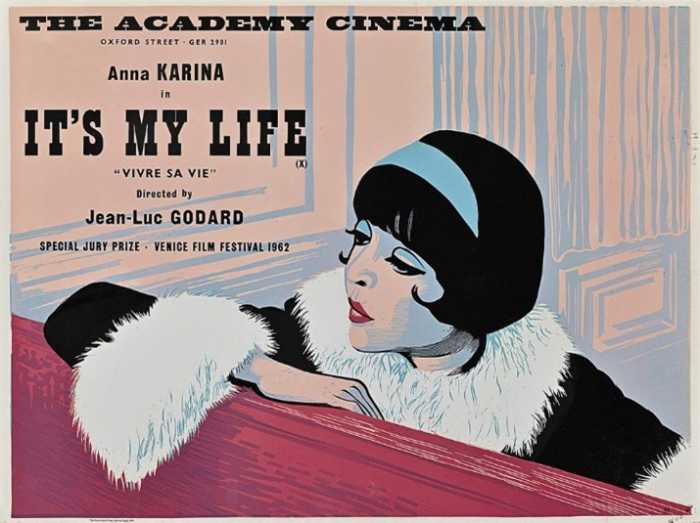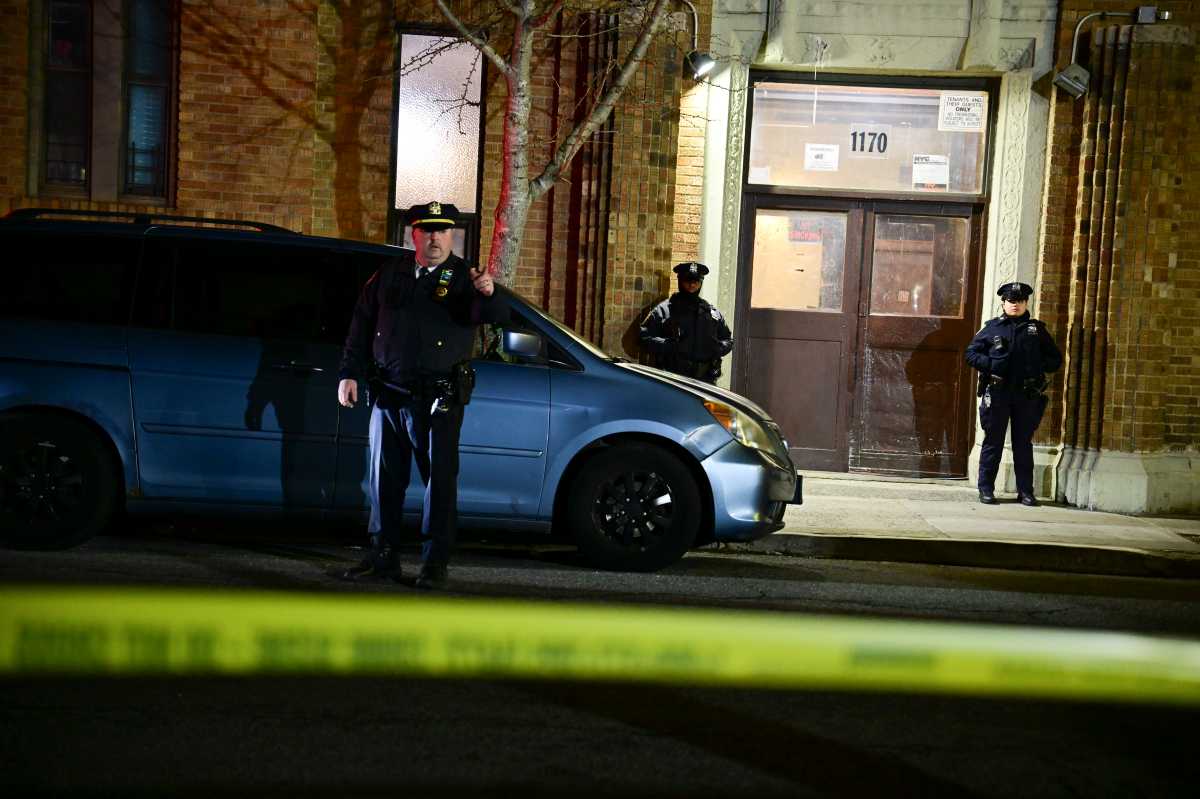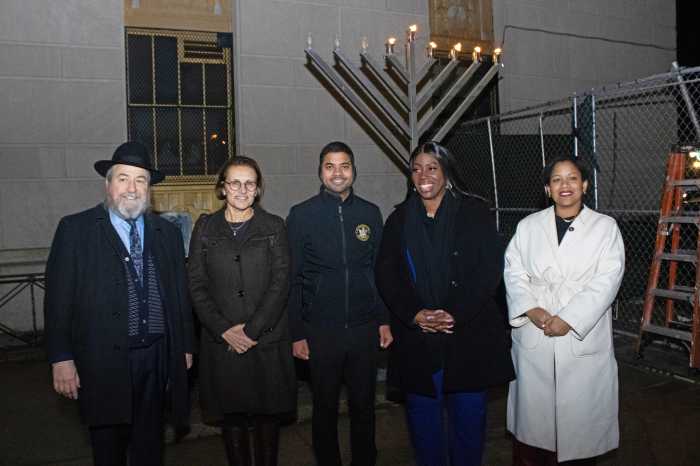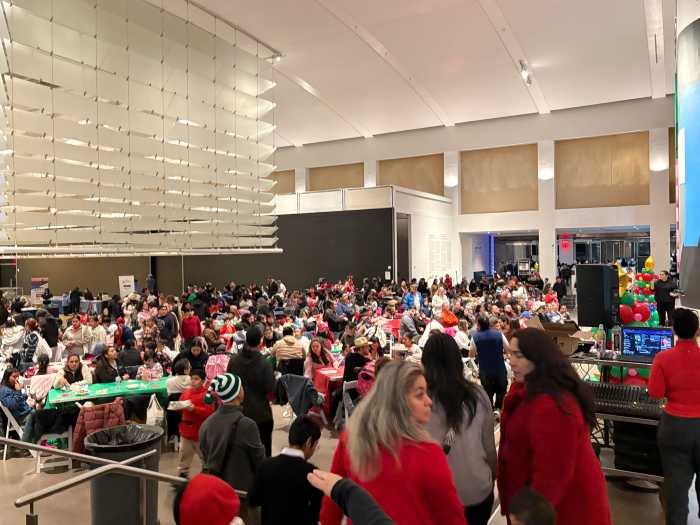Zohran Mamdani won the mayor’s race Tuesday with the help of the Working Families Party ballot line, which accounted for about 15% of his total votes citywide.
The 34-year-old democratic socialist and Queens Assembly Member will be New York City’s 111th mayor come January after securing just over 50% of the vote citywide and carrying four of the city’s five boroughs, unofficial Board of Elections results show, based on 97.98% of scanners.
Voter participation in this election reached more than 2 million ballots cast, marking the highest turnout in a mayoral race since 1969.
Mamdani gains many votes through WFP
The Working Families Party line proved vital to Mamdani’s coalition, adding thousands of votes in progressive strongholds that helped him withstand Cuomo’s challenge.
He appeared on both the Democratic and WFP lines, with his strongest performance coming in Brooklyn, where he won nearly 57% of the vote, and his WFP line contributed to nearly one in five of those ballots, reinforcing his appeal among progressive voters.
Like those voters, Mamdani voted for himself on the WFP ballot line, according to Politico. He had received an endorsement from the WFP in March.
New York and Connecticut are the only two states in the country that permit fusion voting, which allows a single candidate to be endorsed by more than one party. Voters must select only one party line, as choosing more than one will render their ballot invalid.
In western Queens and central Brooklyn, the WFP accounted for more than a quarter of his total vote in several districts — including 5,513 votes in Astoria’s AD 36, 4,769 in Ridgewood’s AD 37, and 8,909 in Fort Greene and Bed-Stuy’s AD 57 — padding margins where Cuomo received between 8,847 and 10,457 votes, according to unofficial results.
AD 44, which spans from Flatbush to Midwood, is where the WFP line for Mamdani received its highest vote total in Brooklyn, with 10,102 votes.
Mamdani flips the Bronx
His winning Bronx result also marked a shift from the Democratic primary, where Mamdani had previously lost the borough to former Gov. Andrew Cuomo. Mamdani led in nearly all districts in The Bronx with 114,867 votes on both lines. The bulk of Mamdani’s support came from the Democratic line, where he earned 104,177 votes, with an additional 10,690 from the Working Families endorsement.
His strongest performance was in the 81st Assembly District, comprising Kingsbridge, Marble Hill, Norwood, Riverdale, Van Cortlandt Village, Wakefield, and Woodlawn Heights, which garnered 14,854 combined votes.
Cuomo won the borough in the June primary with 52.25% of the votes, but managed to receive just 40.3% of the vote share on the Fight and Deliver line in the general, with 89,972 votes.
Cuomo takes Staten Island
Cuomo, who ran on the independent “Fight and Deliver” line for the general election, finished second with roughly 42%, and Sliwa placed third with about 7%. Cuomo carried Staten Island, becoming the first non-Republican to win the borough in a mayoral race since Ed Koch in 1985.
Cuomo’s strongest performance were in Staten Island, where his “Fight and Deliver” line accounted for over 20,000 votes in each of those districts.
Where Mamdani ran up the score
Mamdani stormed to victory by building leads across Manhattan, western Queens, and central Brooklyn, routinely defeating Cuomo by 10,000 votes or more per Assembly District.
He posted his largest margins over Cuomo in western Queens and central Brooklyn, often more than doubling the former governor’s totals. In East Flatbush, he received 28,087 votes to Cuomo’s 6,897 — a 21,000-vote advantage — and in neighboring Fort Greene and Bedford-Stuyvesant, he won 36,090 to 7,982, according to unofficial results.
In Queens, Mamdani’s home borough, he took 25,837 votes in Astoria to 8,847 for Cuomo, and 22,625 in Ridgewood to 10,457.
Across Brooklyn, Mamdani captured 374,094 votes on both party lines, far outpacing Cuomo, who finished with 245,581, and Sliwa with 32,303. His strength was consistent across nearly every Assembly District in the borough, with particularly strong showings in central and northern districts.
In Kensington/Borough Park, he finished with 38,244 votes, more than 26,000 ahead of Cuomo’s 12,149, while maintaining a smaller but solid edge in Jackson Heights, 16,215 to 9,659.
In Manhattan, Mamdani outperformed Cuomo in Harlem (21,339 to Cuomo’s 9,437), Morningside Heights (21,508 to 24,313, narrowing the gap), and the East Village (17,193 to 13,512), leveraging his combined Democratic and Working Families Party lines to boost his numbers.
Cuomo fared better in affluent areas such as the Upper East Side (AD 73, 34,905 to Mamdani’s 14,571), but Mamdani’s margins in key districts allowed him to claim the borough with 52.7%, over Cuomo’s 43%.
Was Sliwa the spoiler after all?
Sliwa has taken heat in the final stretch of the election from anti-Mamdani Cuomo supporters who viewed the Republican candidate as a “spoiler” for Cuomo’s candidacy.
Cuomo had repeatedly called on Sliwa to drop out to improve his own chances of beating Mamdani, but the latest results from the city’s BOE show that even if all of Sliwa’s votes had gone to Cuomo, Mamdani still would have finished ahead, though the margin would have narrowed to about two percentage points.
Sliwa’s strongest AD showings occurred in districts with already higher Republican totals.
Outgoing Mayor Eric Adams, who dropped his reelection bid on Sept. 28 but remained on the ballot, still received 9,790 votes citywide, or about 0.61% of the total vote. Write-in votes also accounted for less than 1% of the tabulated results.
